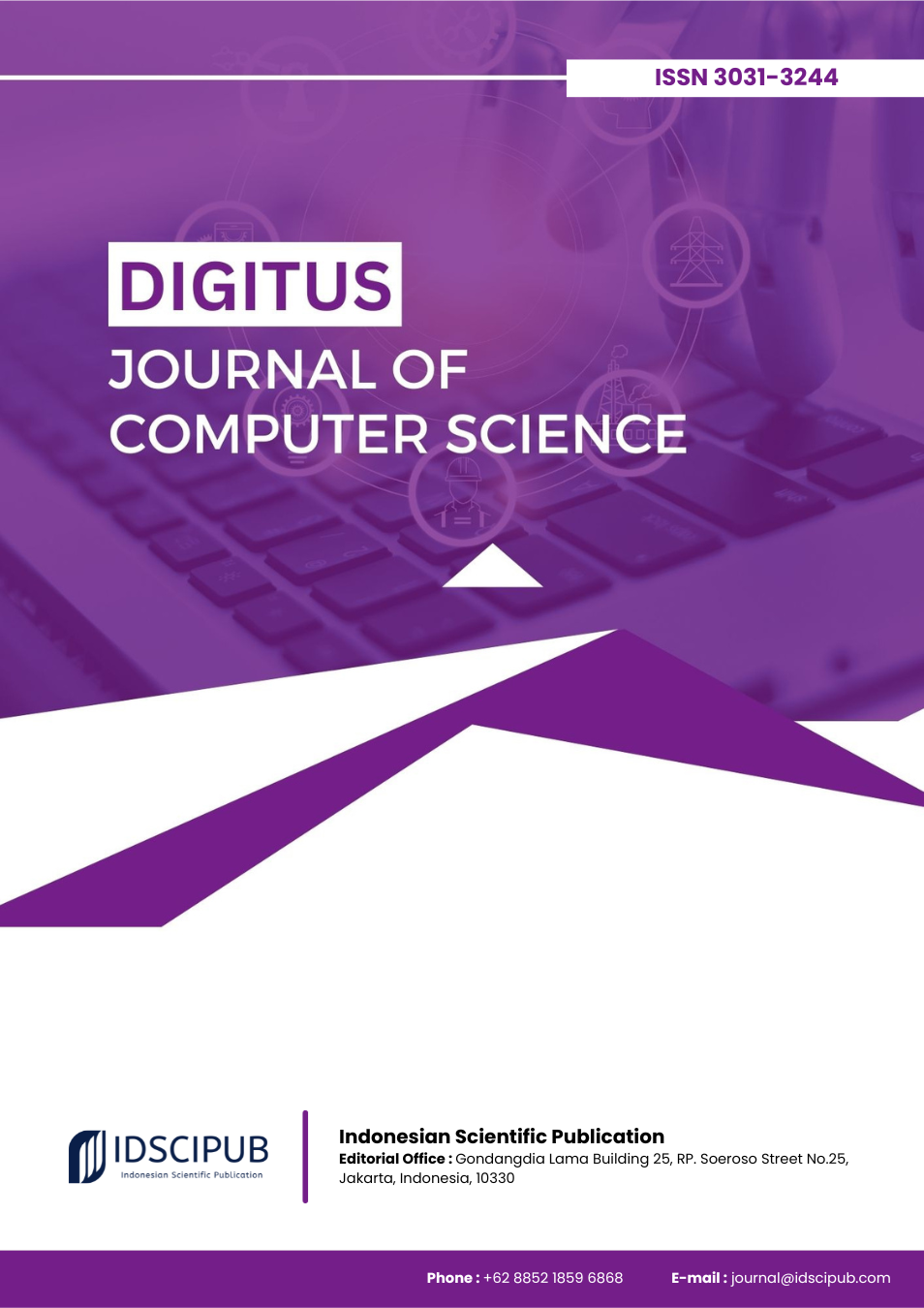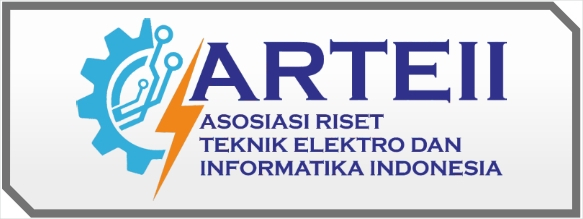Infrastructure Driven DevOps in Regulated Markets: A Case Study of Indonesia’s Financial Sector
DOI:
https://doi.org/10.61978/digitus.v2i1.949Keywords:
DevOps, Cloud Infrastructure, Compliance, Platform Engineering, Indonesia, Regulated Sectors, CI/CD, Governance, Digital TransformationAbstract
In regulated industries such as finance and healthcare, organizations must navigate the competing demands of digital innovation and strict compliance requirements. This study investigates how infrastructure localization enables the adoption of DevOps practices in Indonesia’s compliance heavy sectors. Drawing on qualitative case studies of BCA and Bank Jago, the research examines how local cloud infrastructure, regulatory policies, and platform strategies converge to support agile software delivery. The methodology involves comparative analysis using publicly available institutional documents, cloud provider rollouts, and compliance frameworks. The study evaluates DevOps maturity through organizational strategies, toolchains, and infrastructure readiness while mapping them against regulatory standards such as ISO/IEC 27001 and the Personal Data Protection Act. The findings indicate that local cloud infrastructure helps reduce latency and legal risks, thereby supporting secure CI/CD pipelines. BCA illustrates the benefits of using enterprise-level platform engineering with OpenShift, while Bank Jago showcases the flexibility of cloud-native DevOps through rapid CI/CD deployment. Furthermore, the study discusses the balance between innovation and compliance, stressing the role of platform engineering, multi-cloud strategies, and Compliance as Code in minimizing vendor lock-in and regulatory risks. The conclusion underscores Indonesia’s hybrid DevOps strategy as a blueprint for other emerging markets. Integrating infrastructure, policy, and talent development enables institutions to balance agility with governance, promoting scalable and compliant digital transformation in regulated sectors.
References
Ali, O., Shrestha, A., Osmanaj, V., & Muhammed, S. (2020). Cloud Computing Technology Adoption: An Evaluation of Key Factors in Local Governments. Information Technology and People, 34(2), 666–703. https://doi.org/10.1108/itp-03-2019-0119 DOI: https://doi.org/10.1108/ITP-03-2019-0119
Ali, O., Soar, J., Yong, J., & Tao, X. (2016). Factors to Be Considered in Cloud Computing Adoption. Web Intelligence, 14(4), 309–323. https://doi.org/10.3233/web-160347 DOI: https://doi.org/10.3233/WEB-160347
Blancato, F. G. (2023). The Cloud Sovereignty Nexus: How the European Union Seeks to Reverse Strategic Dependencies in Its Digital Ecosystem. Policy & Internet, 16(1), 12–32. https://doi.org/10.1002/poi3.358 DOI: https://doi.org/10.1002/poi3.358
Erich, F., Amrit, C., & Daneva, M. (2017). A Qualitative Study of DevOps Usage in Practice. Journal of Software Evolution and Process, 29(6). https://doi.org/10.1002/smr.1885 DOI: https://doi.org/10.1002/smr.1885
Hossny, E., Khattab, S., Omara, F. A., & Hassan, H. (2021). STAGER: Semantic-Based Framework for Generating Adapters of Service-Based Generic-Api for Portable Cloud Applications. Ieee Transactions on Services Computing, 14(3), 903–914. https://doi.org/10.1109/tsc.2018.2831204 DOI: https://doi.org/10.1109/TSC.2018.2831204
Ibrahim, O. M. (2024). Impact of Cloud Computing on Business Continuity and Disaster Recovery. Journal of Technology and Systems, 6(5), 16–28. https://doi.org/10.47941/jts.2146 DOI: https://doi.org/10.47941/jts.2146
Jabbari, R., Ali, N. b., Petersen, K., & Tanveer, B. (2018). Towards a Benefits Dependency Network for DevOps Based on a Systematic Literature Review. Journal of Software Evolution and Process, 30(11). https://doi.org/10.1002/smr.1957 DOI: https://doi.org/10.1002/smr.1957
Khayer, A., Bao, Y., & Nguyen, B. (2020). Understanding Cloud Computing Success and Its Impact on Firm Performance: An Integrated Approach. Industrial Management & Data Systems, 120(5), 963–985. https://doi.org/10.1108/imds-06-2019-0327 DOI: https://doi.org/10.1108/IMDS-06-2019-0327
Kumar, D., Samalia, H. V., & Verma, P. C. (2017). Exploring Suitability of Cloud Computing for Small and Medium-Sized Enterprises in India. Journal of Small Business and Enterprise Development, 24(4), 814–832. https://doi.org/10.1108/jsbed-01-2017-0002 DOI: https://doi.org/10.1108/JSBED-01-2017-0002
Kumar, P., & Mala, G. S. A. (2022). H2RUN: An Efficient Vendor Lock‐in Solution for Multi‐cloud Environment Using Horse Herd Runge Kutta Based Data Placement Optimization. Transactions on Emerging Telecommunications Technologies, 33(9). https://doi.org/10.1002/ett.4541 DOI: https://doi.org/10.1002/ett.4541
Lwakatare, L. E., Kilamo, T., Karvonen, T., Sauvola, T., Heikkilä, V., Itkonen, J., Kuvaja, P., Mikkonen, T., Oivo, M., & Lassenius, C. (2019). DevOps in Practice: A Multiple Case Study of Five Companies. Information and Software Technology, 114, 217–230. https://doi.org/10.1016/j.infsof.2019.06.010 DOI: https://doi.org/10.1016/j.infsof.2019.06.010
Mohlameane, M., & Ruxwana, N. (2020). Exploring the Impact of Cloud Computing on Existing South African Regulatory Frameworks. Sa Journal of Information Management, 22(1). https://doi.org/10.4102/sajim.v22i1.1132 DOI: https://doi.org/10.4102/sajim.v22i1.1132
Muñoz, M., & Negrete, M. (2021). A Guidance to Implement or Reinforce a DevOps Approach in Organizations: A Case Study. Journal of Software Evolution and Process, 36(3). https://doi.org/10.1002/smr.2342 DOI: https://doi.org/10.1002/smr.2342
Nagarajan, A. D., & Overbeek, S. (2018). A DevOps Implementation Framework for Large Agile-Based Financial Organizations. 172–188. https://doi.org/10.1007/978-3-030-02610-3_10 DOI: https://doi.org/10.1007/978-3-030-02610-3_10
Opara-Martins, J. (2018). Taxonomy of Cloud Lock-in Challenges. https://doi.org/10.5772/intechopen.74459 DOI: https://doi.org/10.5772/intechopen.74459
Opara-Martins, J., Sahandi, R., & Tian, F. (2016). Critical Analysis of Vendor Lock-in and Its Impact on Cloud Computing Migration: A Business Perspective. Journal of Cloud Computing Advances Systems and Applications, 5(1). https://doi.org/10.1186/s13677-016-0054-z DOI: https://doi.org/10.1186/s13677-016-0054-z
Rafi, S., Wu, Y., Akbar, M. A., Mahmood, S., Alsanad, A., & Gumaei, A. (2020). Readiness Model for DevOps Implementation in Software Organizations. Journal of Software Evolution and Process, 33(4). https://doi.org/10.1002/smr.2323 DOI: https://doi.org/10.1002/smr.2323
Ramaj, X., Sánchez‐Gordón, M., Gkioulos, V., Chockalingam, S., & Colomo‐Palacios, R. (2022). Holding on to Compliance While Adopting DevSecOps: An SLR. Electronics, 11(22), 3707. https://doi.org/10.3390/electronics11223707 DOI: https://doi.org/10.3390/electronics11223707
Rodrigues, P., Freitas, F., & Simão, J. (2022). QuickFaaS: Providing Portability and Interoperability Between FaaS Platforms. Future Internet, 14(12), 360. https://doi.org/10.3390/fi14120360 DOI: https://doi.org/10.3390/fi14120360
Schork, S., Zahid, F., Pradhan, D., Kicin, S., & Schwichtenberg, A. (2019). Building an Open-Source Cross-Cloud DevOps Stack for a CRM Enterprise Application: A Case Study. 3–11. https://doi.org/10.1007/978-3-030-20883-7_1 DOI: https://doi.org/10.1007/978-3-030-20883-7_1
Sedlar, J., & Tjernström, M. (2017). Clouds, Warm Air, and a Climate Cooling Signal Over the Summer Arctic. Geophysical Research Letters, 44(2), 1095–1103. https://doi.org/10.1002/2016gl071959 DOI: https://doi.org/10.1002/2016GL071959
Silva, B., Matos, R., Tavares, E., Maciel, P., & Zimmermann, A. (2018). Sensitivity Analysis of an Availability Model for Disaster Tolerant Cloud Computing System. International Journal of Network Management, 28(6). https://doi.org/10.1002/nem.2040 DOI: https://doi.org/10.1002/nem.2040
Tatineni, S. (2023). Compliance and Audit Challenges in DevOps: A Security Perspective. International Research Journal of Modernization in Engineering Technology and Science. https://doi.org/10.56726/irjmets45309 DOI: https://doi.org/10.56726/IRJMETS45309
Wang, P., Zhao, C., Liu, W., Chen, Z., & Zhang, Z. (2020). Optimizing Data Placement for Cost Effective and High Available Multi-Cloud Storage. Computing and Informatics, 39(1–2), 51–82. https://doi.org/10.31577/cai_2020_1-2_51 DOI: https://doi.org/10.31577/cai_2020_1-2_51





